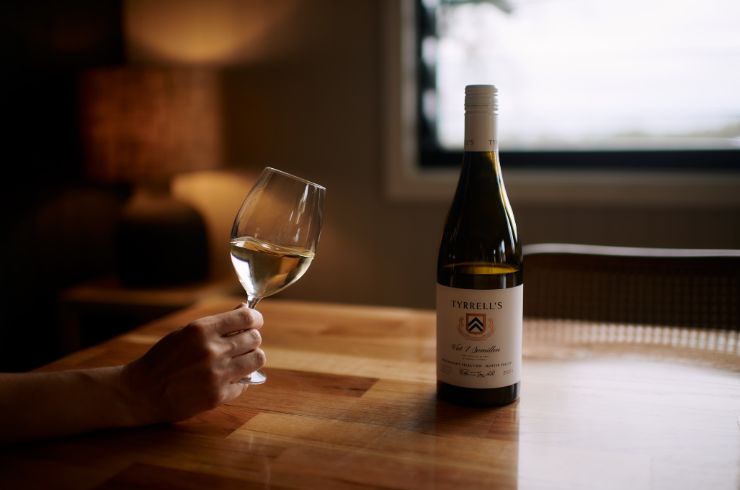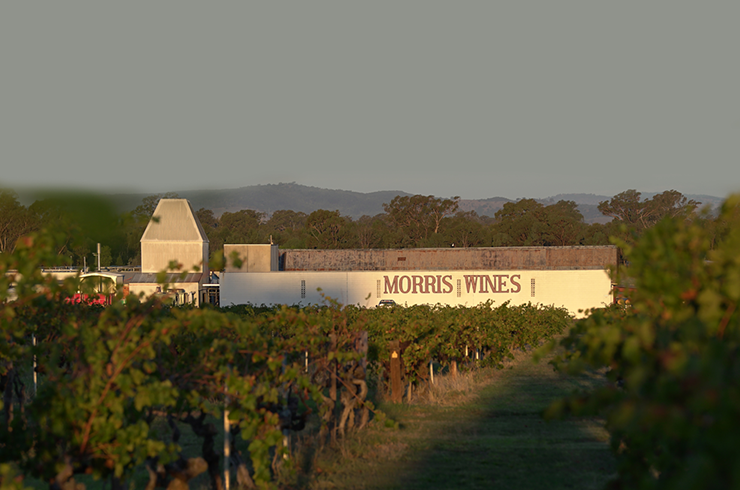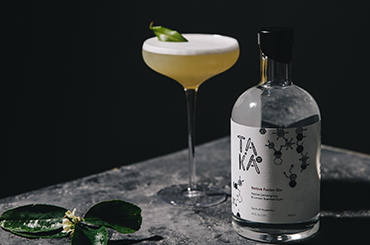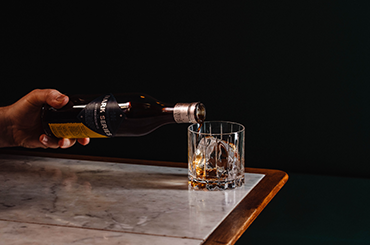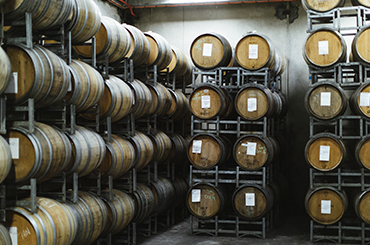Between thatches of native bush, stretches of rambling farmland, rugged coastline and foaming seas, the Great Southern wine region encompasses some 20,000 square kilometres.
It’s a place where bucolic vistas change by the mile, from the undulating hillsides of the Porongurup mountains to Denmark’s maritime-influenced, forest-littered landscapes and across to Mount Barker’s outback charm, all cross-hatched by tree-lined drives and dirt roads. The GI delivers incredible diversity in character, strongly reflected in viticultural imprint and the resulting wines.
Alongside the physical attributes of the region, Great Southern is a place where pioneer spirit is writ large. The early attempts (1850s) at viticulture in the region were largely unsuccessful and nearly a century passed before the more considered approach in the 1950s.
The evolution of the region was led by the renowned viticulturist/researcher Professor Harold Olmo, whose research and findings were supported by luminary agriculturist Bill Jamieson, and with support from famed grower-winemakers Jack and Dorham Mann, the first vineyards were established in the region. Initial plantings were small, but a rolling stock of vineyards followed in the 1960s and 1970s, with Alkoomi, Plantagenet and Forest Hill in the rollcall of subsequent pioneers.
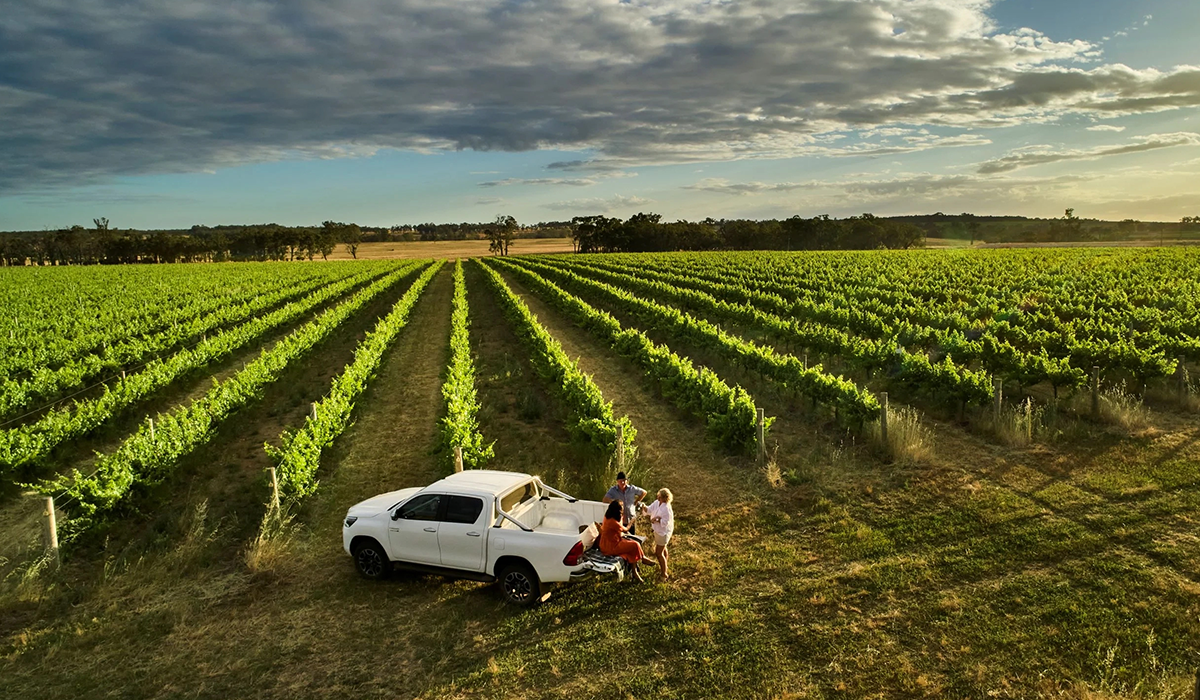
The 1980s and 1990s saw more plantings, including Judy Cullam’s landmark work with Frankland Estate, the ‘satellite’ vineyards of Howard Park and the Dilleti family’s striking vineyard at Castle Rock Estate. In the mix of these plantings, noble varieties were the first quarry. Cabernet sauvignon, riesling and shiraz were initially seen as the most suitable varieties, though chardonnay and pinot noir also saw burgeoning and significant plantings alongside.
“When looking to the assets of Great Southern it’s a really tricky conversation,” says Elizabeth Smith of Frankland Estate. “It’s really diverse, it’s a huge area, one size fits all doesn’t really count, but it’s great that the region has shown its best in certain varieties, ones that fit and compete and excel on the national stage.
“Our continental climate, warm days, cool evenings, gives us wonderful ability to put a good crop out that grows long and slow through an extended ripening season. It allows for vibrancy of acidity, resolved and soft in some respects, and you can wrap a heap around that; lots of textural components, barrel fermentation, long lees contact, phenolics and tannin grip.”
Elizabeth’s sentiments ring particularly true for the hero varieties of the region, riesling and shiraz. Great Southern riesling has ascended the rungs to be arguably some of Australia’s best, typically vibrant in natural acidity, taut, but showing texture, fragrance and complexity, though generalising in such a vast region is a complicated narrative.

“Riesling is so specifically driven by where it’s from, and we seem to have this amazing mix of climate, location and soil to make more complex and naturally balanced (in vineyard) riesling,” states Galafrey’s Kim Tyrer. “We find more oyster shell, minerality and texture, rather than just fruit-driven and acid-driven styles, richer in a way, detailed whites of immense interest is the idea.” Galafrey Wine is in the Mount Barker subregion.
Swinney’s Rob Mann suggests, “The region provides a different expression in the landscape of Australian riesling and there is distinction in the subregions. Frankland is more inland, warmer and dryer, but gets cold nights, the wines typically more structured and fuller flavoured; Porongurup presents more bath salts, mineral and fine acidity, limey and tight. Mount Barker sits somewhere in between.”
‘Typical wines’ from riesling are made quite conventionally in Great Southern, with inoculated yeast, stainless steel tanks, cold settled, filtered and fined the winemaking motif. The best examples exude a purity, citrusy depth, herbal inflection and wonderful, racy tension. That being said, the region isn’t immune to experimentation and enhancement of the halo white variety, with wild fermentation, residual sugar use, oak maturation, alternative vessels and extended time on lees becoming gradually prevalent and upping the ante for the variety.
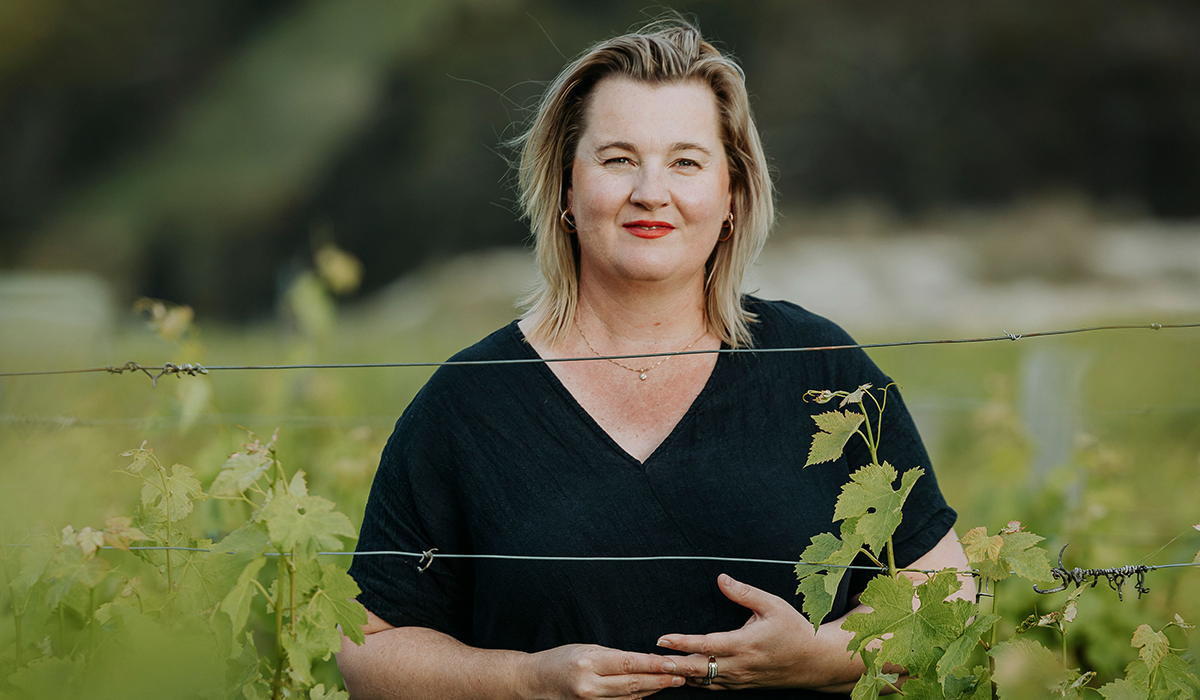
Frankland Estate is a torchbearer for riesling, with outstanding examples coming not only as a subregional expression, but with invested focus on single vineyards. While quite concentrated and powerful in style, the wines exude freshness and vitality, strung on hyper-minerally acidity and while drinking beautifully in youth, cellar with impunity.
Castle Rock Estate is another focused riesling producer, with varied expressions from their higher country Porongurup hillside vineyard – the resulting wines are lacier, febrile and more delicate, but show off detail of stony mineral qualities and pure citrusy refreshment. Cherubino purveys a variety of riesling wines, from easy drinking, straightforward regional expressions to more poised, precise examples from Mount Barker and Frankland, with the added X-factor of the highly textural, briny and intense Uovo release, fermented in clay/cement egg.
Amongst the more classically set riesling wines of Great Southern, there is an undercurrent of wilder-edged yet successful expressions. La Violetta’s Das Sakrileg is skin fermented, lees rested, oxidatively handled and thoroughly complex. Avant garde producers Brave New Wine and Express Winemakers have similarly, successfully reworked the regional riesling motif with varied winemaking approaches. The wines are redefining the potential of the variety through the lens of considered but minimal intervention winemaking – hazy, textural, zippy wines emerge.
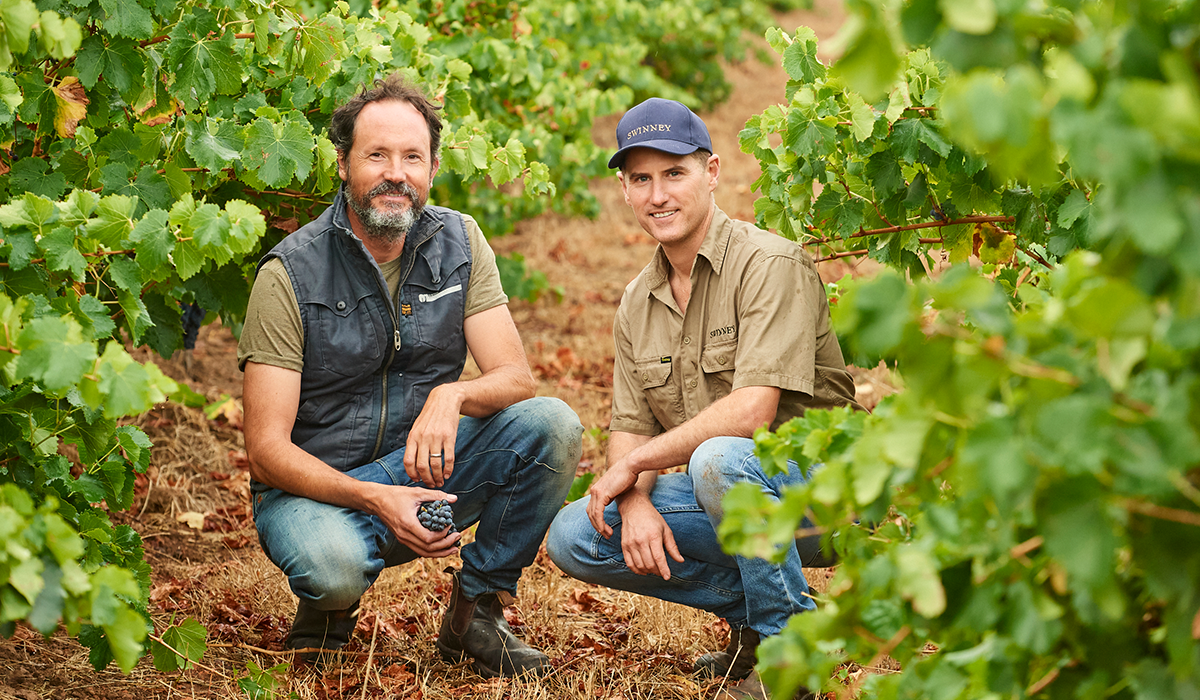
Shiraz is the counterpart to riesling for Great Southern’s top vinous assets and in some respects is better ascribed as syrah. “Shiraz loves the gravel loams of Great Southern’s soils, the cooler climate, the pristine environment. What emerges is softer shiraz, more perfumed, medium weight, which is pleasing,” qualifies Kim. “I think the ‘syrah style’ emerges. Australia may not be ready for that word, but I think that is kind of where we are at.”
“Clearly shiraz, or syrah, is the Great Southern red hero”, states Rob. “I don’t think we’ve realised the potential yet for the variety from Great Southern. We’re seeing new plantings, higher density plantings, new clonal material becoming part of the conversation, with resulting wines excelling.”
Rob’s work with the Swinney vineyard has been outstanding, between both the estate release and the elevated Farvie label. Medium weight, tense with fine, grippy, near Italianate tannins, cool with acidity and highly perfumed, a raft of releases has expressed the unique site with aplomb. Forest Hill vineyard has shown its mettle for similarly aligned shiraz, where early drinking and more sophisticated, structured reds have surfaced.
Howard Park’s work with the duo of vineyards, Leston and Scotsdale, has also been marked. The wines from these sites have an eye on differentiating Leston’s fuller flavoured yet more coastal influences, and Scotsdale offering finer boned expressions from the cooler climate vineyard location.

Alkoomi’s history with shiraz is also up in lights, with earlier drinking examples set alongside stately, single plot wines. The ambitiously priced Cultivated Collection Shiraz ($120) sits atop the releases and is set to be the serious collector’s icon wine, while Icon Jarrah Shiraz continues to impress for concentration and swagger.
Singlefile’s shiraz wines, particularly the easy-access Run Free shiraz and the Frankland River single vineyard release, are again aptly set to cooler climate paradigms of spicy aromas, red fruited design with lithe tannin profiles and mid-weight mouthfeel. Notable mentions for shiraz also go to pint-sized releases from the likes of Paul Nelson, Battles and again, La Violetta, where the syrah theme again seems apt in perfumed expressions.
“We’ve done 30 years of letting the soils do their bit,” Elizabeth declares, “and now we are enhancing by looking to what might push boundaries, wine styles and varieties. It’s an exciting time for Great Southern. One in which we are having our own conversation, distinct from others.”
The Great Southern, with its multitude of terroirs, established and emerging winemakers, distinction of wine styles and fine wine interpretations, is firmly in the spotlight for excellence and throws a new and vibrant lens on two of Australia’s most significant varieties with assurance.
Mike Bennie is a co-owner of retailer P&V Merchants, where La Violetta, Express Winemakers, Brave New Wine and Paul Nelson wines sell or have been sold.

